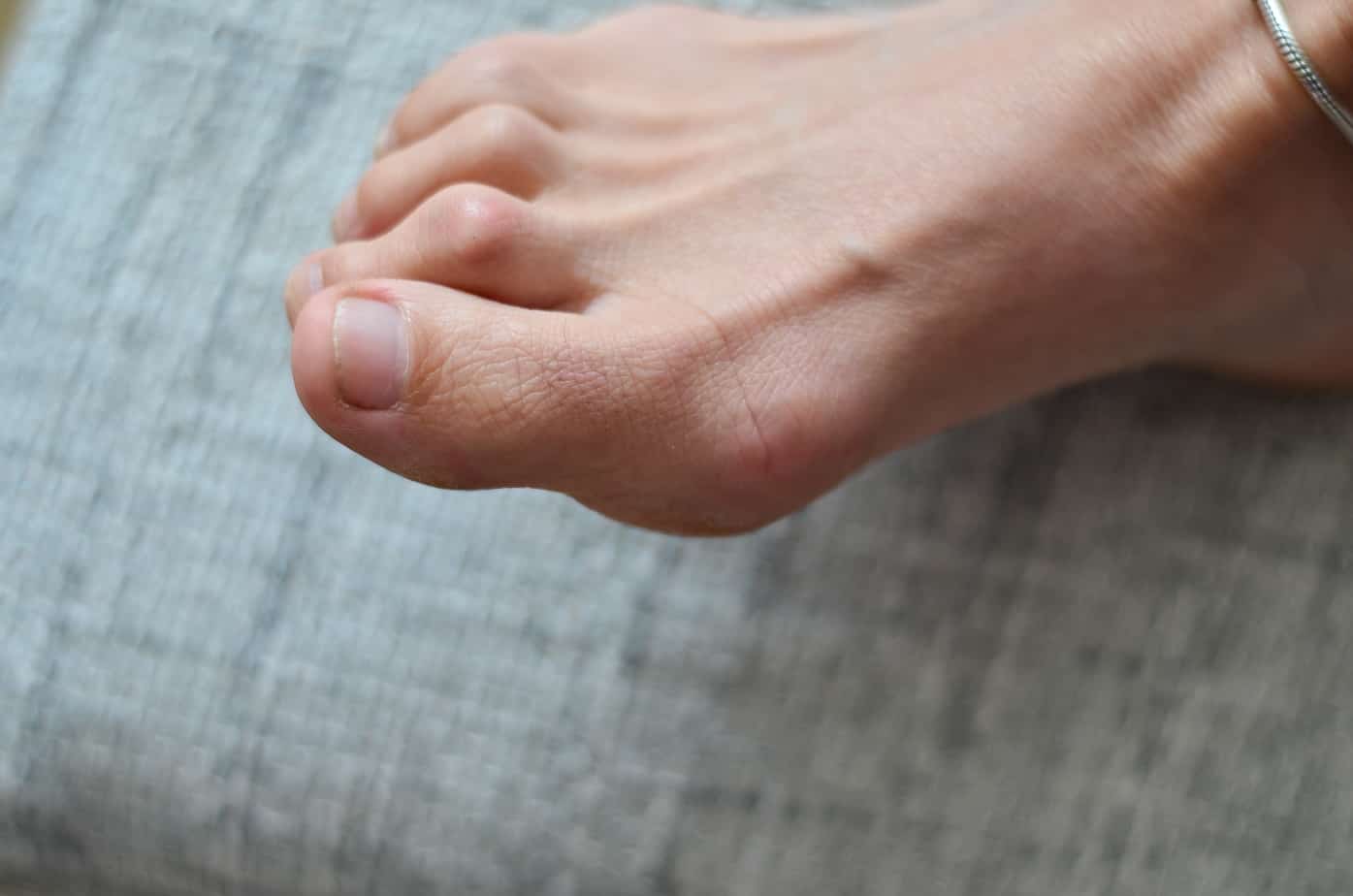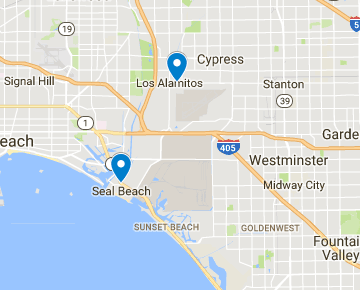What Is Hammer Toe?

Hammer toe is a common condition that can require minor surgery to correct — but some easy steps can also help to prevent it from developing. Hammer toe is a common condition that causes discomfort, callousing, discoloration — and, in severe cases, difficulty walking. If the second joint on your toe remains bent, without flattening on its own, there’s a good chance you have hammer toe. Hammer toe most commonly occurs on your second toe, but the condition can occur in any other toe as well. If you’re experiencing hammer toe, it’s important to learn about the condition, and to address it before it requires a surgical solution.
What causes hammer toe?
Hammer toe can be a painful and frustrating condition, causing discomfort or even pain as you walk. People with hammer toe often experience blistering, bunions, and occasionally pain when they attempt to move the toe. Many people associate hammer toe with older patients, but the condition can affect people of all ages. Notable causes of hammer toe are:- Muscular imbalance. Hammer toe is usually a result of stiffened muscles and joints in your toes. When muscular imbalances occur, the muscles in your toe are weakened, and they become unable to stretch to move your joints. Uncomfortable footwear, like high heels or tight closed-toed shoes, is a common cause of muscular imbalance in your toes. Muscular imbalance can occur naturally as a result of aging or genetics.
- Injuries. If you’ve injured your toe, make sure to keep an eye on it as it heals. Stubbed or jammed toes have an increased risk of developing hammer toe, since the muscle may not have the capacity to heal back to its original position.
- Diabetes. People with diabetes are more inclined to develop hammer toe due to the effect of diabetes on the nervous system. When the nerves in your feet lose sensation, it can lead to muscular imbalance and hammer toe.





